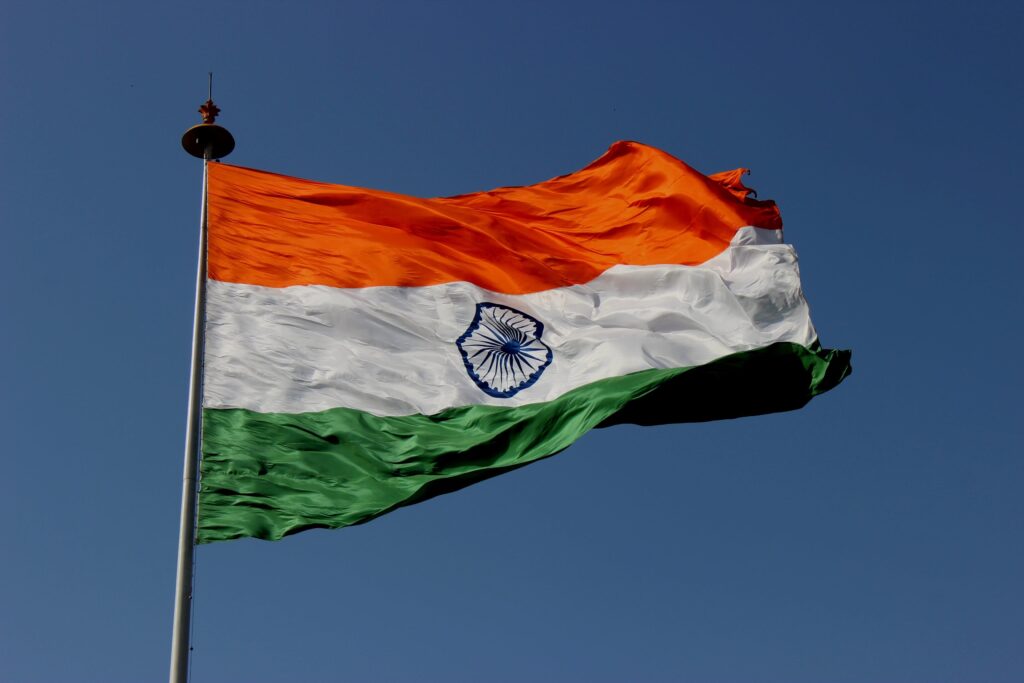India withdraws wheat and rice from the global market
In the spring of 2022, when global wheat prices skyrocketed due to Russia’s blockade of Ukraine’s Black Sea ports, India seemed ready to help fill some of this gap in the global market. After several years of large harvests and with stocks at a record level, India was positioned to become a player in international wheat trade. Now we see India withdrawing wheat and rice from the global market.
In the 12 months to March 2022, India, the world’s second leading wheat producer after China, exported seven million tons of wheat, a 250% increase from the previous marketing year. A new era of opportunity for Indian wheat producers seemed to be coming.
But just a few weeks later, the Indian government abandoned its plan to increase exports and instead issued a ban on wheat exports. India officials reversed course as a result of a lower-than-expected 2022-2023 wheat harvest, rising food inflation, and low government wheat procurement under its MSP program, which affects the government’s ability to supply wheat under its domestic food aid program.
The 2022-2023 Indian wheat crop performed well until February 2022, raising expectations for another record harvest. But an unprecedented rise in temperature in mid-March 2022 led to an elevated proportion of smaller, shriveled and immature barley, resulting in a lower wheat harvest.
The ban remains in place 18 months later as the Indian government, along with the rest of the world, tries to deal with high food inflation even as various authorities predict a record wheat harvest in 2023-2024.
Fails to reduce food inflation
Interestingly, even though the Indian government has flooded the market with highly subsidized wheat from state stocks and has kept the export ban in place, it has failed to bring down food inflation to the desired level.
In addition to supplying wheat to the poor at a steep discount, in April 2020 the government began providing free wheat to millions of beneficiaries to avert food shortages during COVID-19 lockdowns. The distribution of grain led to a decline in government food stocks and lower wheat production in 2022 and 2023 meant slower than expected replenishment of government stocks.
Food inflation, which accounts for almost half of the total consumer price basket in India, rose by 6.56% in September compared to 9.94% in August. Inflation in September was above India’s (RBI) upper tolerance range of two to six percent.
When India decides it has sufficient wheat stocks and food prices drop to acceptable levels, it has a product that has become more desirable on the global market in recent years. Indian wheat quality has improved in recent years due to the use of new seed varieties. Alongside improved agricultural practices and better mechanization, better seeds have improved the quality of Indian wheat. Indian wheat with 12 to 13 percent protein is quite common now.
More mouths to feed
Having recently passed China as the most populous country in the world with 1.4 billion people, accounting for almost 18% of the world’s population, keeping its citizens fed at an affordable price is a growing challenge.
India’s population has not only surpassed China, which has tried to limit population growth in recent years, it is growing at a much faster rate, increasing by 0.8% from 2021 to 2022. Over the same period, China’s population grew by just 0.1%.
Besides climate change, there are other issues that negatively impact India’s ability to produce wheat, including small land holdings, insufficient amounts of seeds for newly released varieties, lack of information among farmers about new technologies, late sowing, expensive inputs, poor seed quality, lack of labor, and low soil organic matter.
There is also the issue of the country’s water supply. A 2017 study predicted that Punjab, by far the country’s largest wheat-producing region, would deplete its groundwater supply by 2039.
To address this issue, the Punjab government charges fees for extracting groundwater from the state from all non-exempt users, including industry. However, this policy does not cover groundwater use for agricultural, drinking and domestic purposes.
In an effort to become more self-sufficient in grains and oilseeds, China, which for many years was opposed to growing GM crops, recently expanded the pilot planting of GM maize and soybeans, with the aim of accelerating the commercialization of biological breeding. The pilot planting began in 2021, and it was extended to farmland in North China’s Inner Mongolia Autonomous Region and Southwest China’s Yunnan Province in 2022.
Protectionist measures with rice
While India has never been a significant player in the global wheat trade, it has historically been at or near the top of rice exports due to a significant surplus of food grains. In fact, India usually accounts for around 40% of the world’s rice trade. However, the recent increase in food prices has led the Indian government to ban the export of non-basmati rice and include a 20% duty on exports of pre-cooked rice.
The ban affects 7 million to 8 million tons of Indian rice exports, or 15% of the global rice trade. It remains to be seen how much of the rice affected by the ban will be diverted to domestic consumption.
While the Indian government is making every effort to reduce food inflation ahead of the 2024 elections, the export bans on wheat and rice and other protectionist measures are negatively affecting countries that rely on imports of the world’s two most important food grains.
Countries such as Bangladesh, Sri Lanka, the United Arab Emirates, Yemen and the Philippines are among the nations that rely heavily on wheat shipments from India. And the rice export ban, announced in August, has contributed to a spike in global rice prices. The UN Food and Agriculture Organization’s price index for all varieties of rice in September fell by 0.5 percent month-on-month but was still 28 percent higher than the same month in 2022.
According to a CoBank report, Indian rice farmers are insulated from falling rice prices by the government so rice production is unlikely to be affected by the export ban.
Rice consumption in India has been generally stable in recent years, but domestic rice consumption in recent years has been stimulated by the Indian government’s efforts to build up and release its rice stocks to address food inflation concerns.
About the Viking
With Viking’s signals, you have a good chance of finding the winners and selling in time. There are many securities. With Viking’s autopilots or tables, you can sort out the most interesting ETFs, stocks, options, warrants, funds, and so on.
Click here to see what Vikingen offers: Detailed comparison – Stock market program for those who want to become even richer (vikingen.se)













